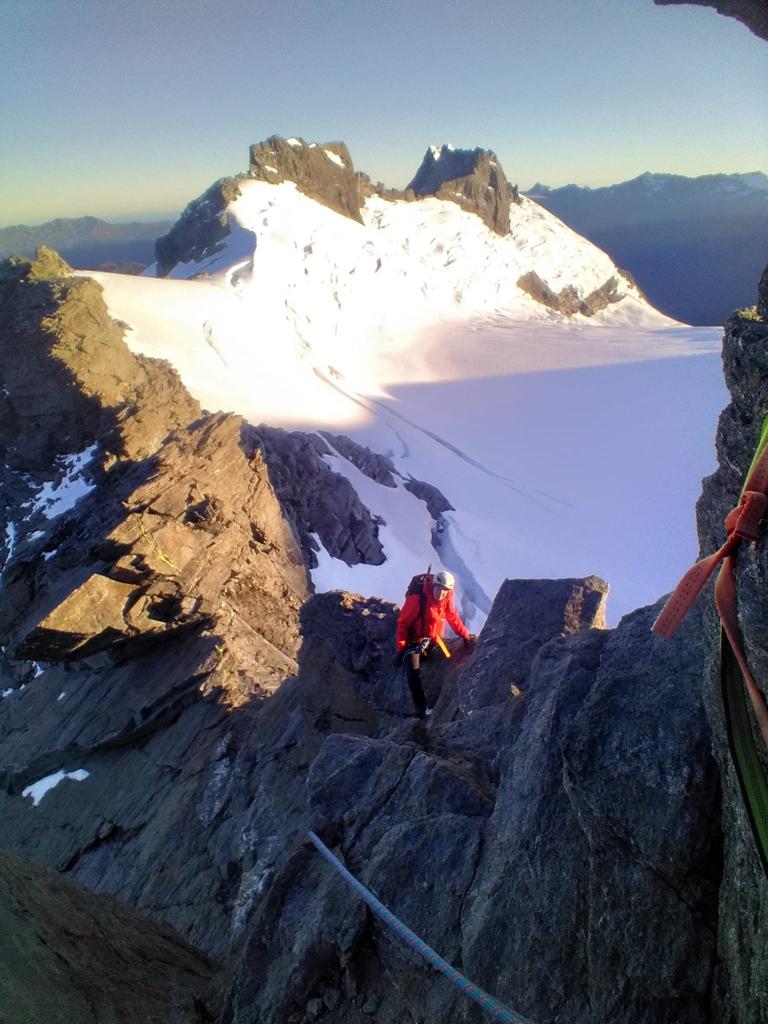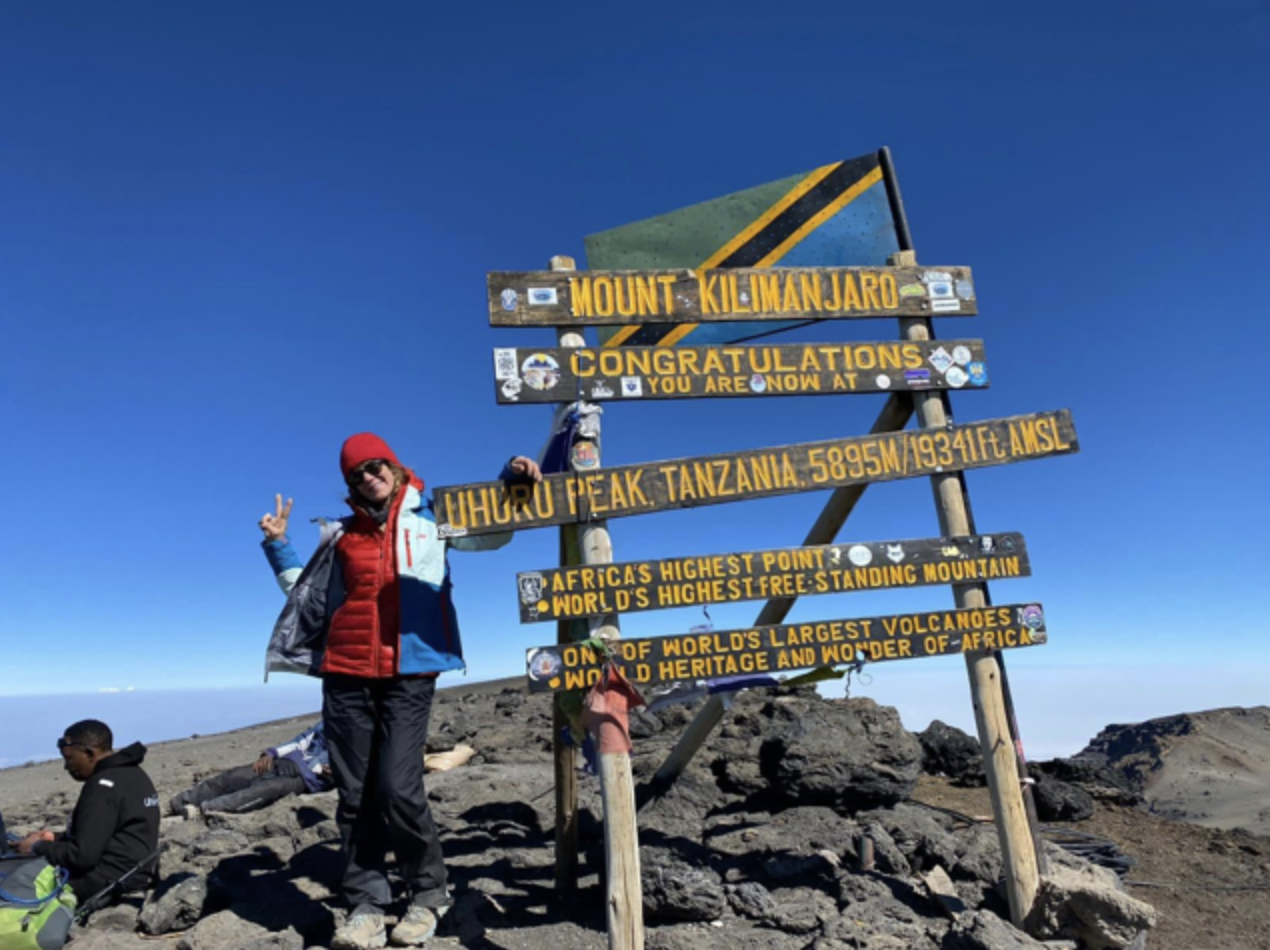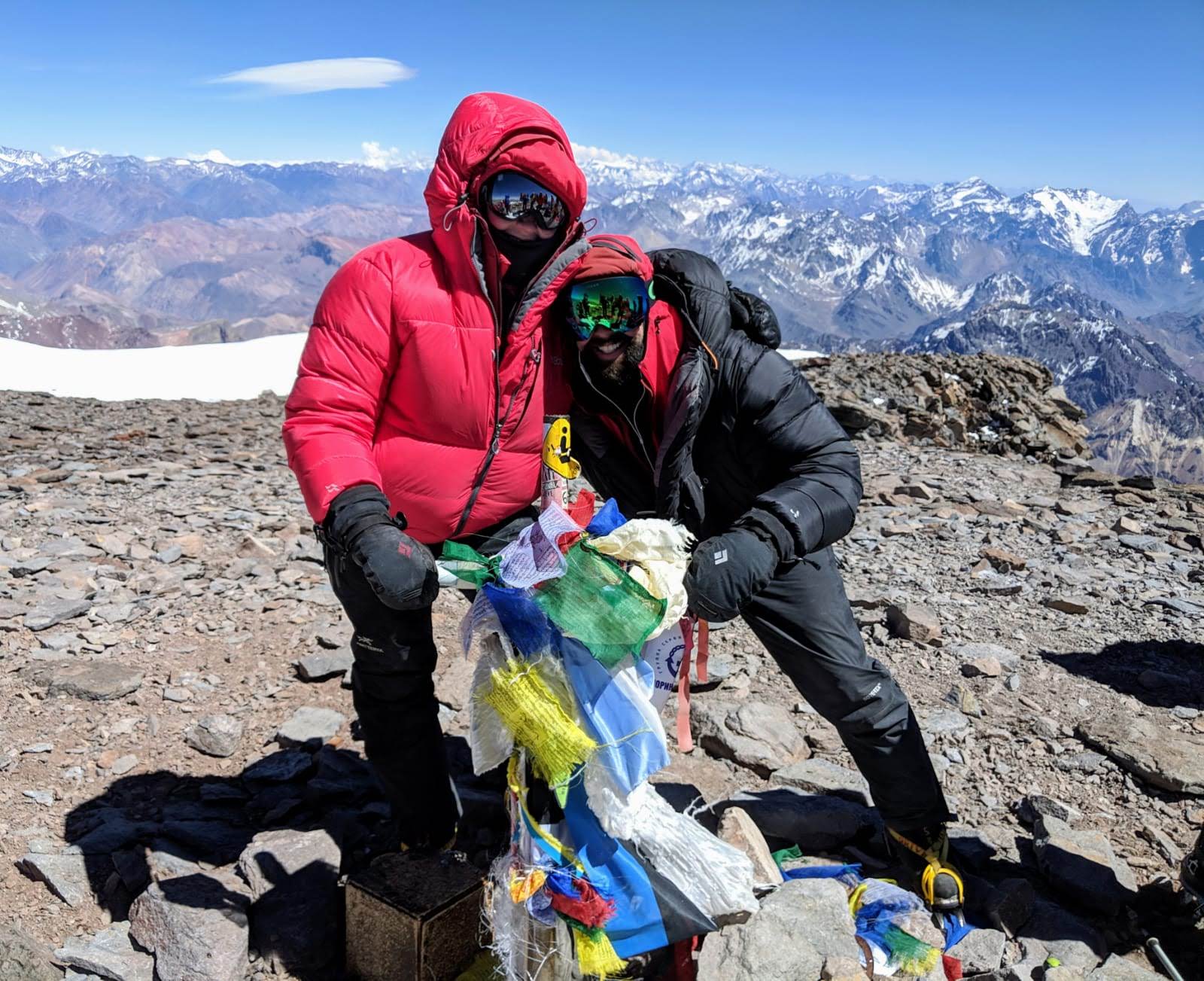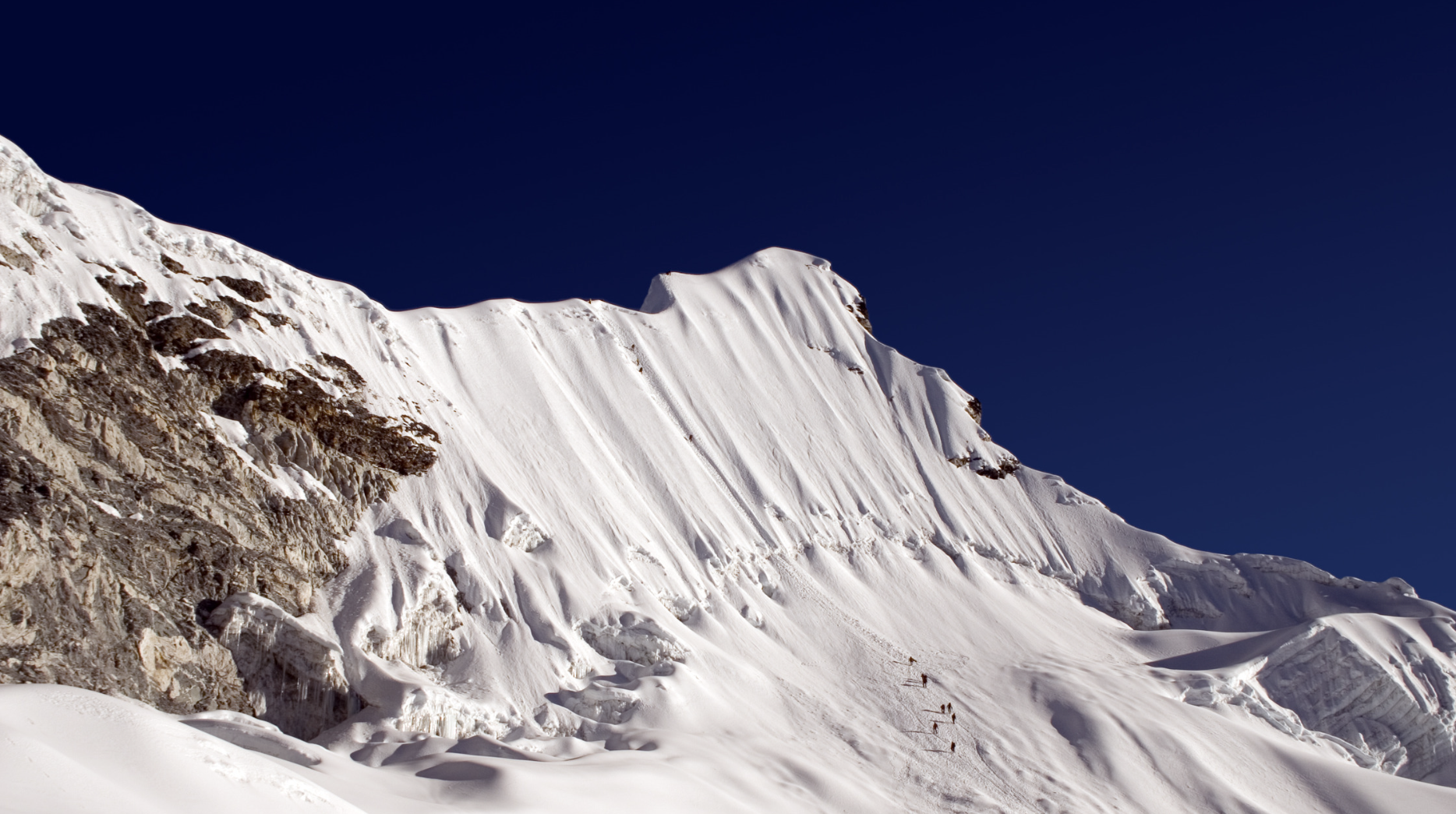Planning your first trekking trip can be daunting and overwhelming, mainly because your doing something new that you aren’t used to and because there are so so so many possible options to choose from. By answering the 4 W’s you immediately narrow your focus to a finite number of options because you can pin point exactly what you want and what you don’t want. Here are the 4 W’s
- What?
- When?
- Where?
- Why?
1. What?
This can be broken down into two questions – do you want to climb a mountain or do a trekking route? There are pros and cons to both options but it mostly boils down to personal choice.
The next question to consider in this first “W” is to go guided or unguided. As a rule of thumb, if you are new to mountaineering and trekking then always go with a guide.
Of course there are some trekking routes that even a beginner could do unguided, for example some of the hut to hut routes in the Alps but if you are at all unsure then rather go with a guide.
If a guide is proving to be too expensive then see if you can find a friend who has more experience than you who would be interested in joining you. You may not have a guide but you will have someone who is confident at high altitude and that can make all the difference.
2. When?
This often depends on when you can get time off work but as a guideline, you can plan to climb or trek in the northern hemisphere between April and September and climb or trek in the Southern Hemisphere between November and March.
As a beginner, you should avoid mountains or routes that are going through their winter. Again, the Alps as an example – a basic and very easy route in the summer can turn into a very dangerous and life-threatening route through the winter simply because of the weather conditions and the change in terrain. Most of the times, winter routes would require technical skills such as ice climbing, being able to self-arrest and being able to trek while being roped in with your partner. These are often skills that take hours of practice to learn and even more hours of actual experience in wintery conditions. Start with the Summer routes and as you become more confident and experienced, you can then consider the Winter routes as an option.
If you can, avoid the very start and very end of a trekking season. Often the weather tends to be very unpredictable as it begins to change and by choosing to go in the middle of the trekking season, you are more likely to experience good weather that is much more predictable.
3. Where?
This “W” goes hand in hand with “when” as your “where” is most dependent on the seasonally climbing and trekking changes. As a guideline, the mountains and trekking routes that are more easily accessible tend to be more expensive. For example, the Alps compared to the GR20 Trek in Corsica.
If you’re looking for a quieter, less crowded route then always, always go with the less known mountains in the slightly further away, more remote places. For example, the various trekking routes in the Altai Mountain range in Mongolia.
If you can’t decide on your “where” then also take into consideration if there’s anything specific you’d like to do before or after your trek and let those factors help you make a decision.
4. Why?
In my consultation form, one of the first questions I asked my clients before I begin working with them is “What’s Their Why?” I have clients who just go on treks for fun and others who go on treks to find themselves. The reasons are all different and of equal value, no matter how great or small the “why” may be.
If you know you’re why, you can make it a priority and integrate it into your journey. For example, if you’re “why” is simply to have fun then make sure you choose a route that suits your definition of fun. If you’re “why” is to have a few days of peace and quiet then make sure the route you choose has fewer people, beautiful spots where you can stop and just be and that you’re able to go away and turn your phone off. Knowing your why makes you realise the importance of your journey and guides the experience you want to have.
Most importantly, just decide. I have never met anyone who has regretted going on a trek or a mountain climb. If the mountains are calling you, then you absolutely must go.
If you need more help preparing for your first trekking adventure then checkout this book A Step-By-Step Manual to Mountaineering & Trekking Around The World





